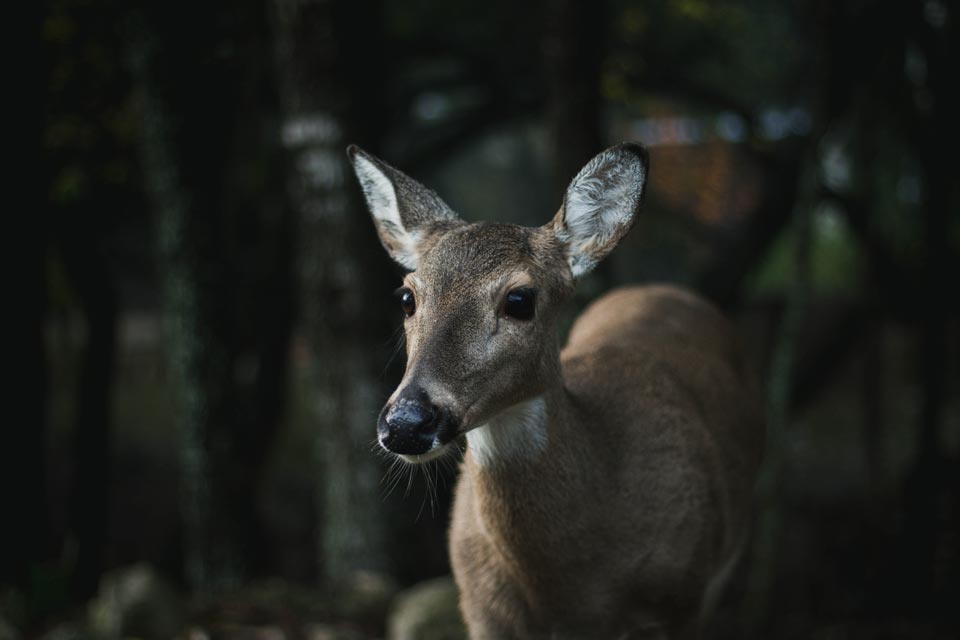A swarm of insects. An alien UFO. No, it’s a UAV. What’s a UAV, you ask? An unmanned aerial vehicle, also known as a drone.
I have been aware of UAVs for a while. Their use in wildlife management and research as been growing for over a decade. I can think of lots of applications but had no experience with them…until this summer. Advancing technology and increased affordability has made for a growing private consumer market. So when my BFF and family came to visit with their new toy, I was excited.
Smaller than your standard laptop, it’s like a remote-controlled car that flies and has a camera! Here’s some of the footage from this recreational flying machine.
Seeing my house from the air was super cool! This little machine cost less than $400. Given the smartphone I carry around in my pocket costs twice that much, this price point is well within reach of many. As you can tell from the video, it’s not a top end UAV and we were still learning how to use it.
For biologists wishing to conduct surveys, UAVs are safer and more economical than traditional aerial surveys in remote places with unpredictable weather. From fish to sea birds to marine mammals, UAVs have increased accuracy and accessibility. Could this hold true for terrestrial species…say like elk?
But for all the promise UAVs hold, there is a downside. The biggest of these is wildlife disturbance. Biologists carrying out field studies or surveys want to observe an animal in its natural state. If the incessant buzz of an oversized bumblebee causes an animal to flee or changes their behavior, then it really doesn’t help. In my unscientific summer fun flights, deer were not happy. They were long gone before the UAVs even got close to them.
And then there is the reaction we can’t see. Physiological responses to stress also are a concern. Black bears fitted with bio-loggers showed increase heart rates in response to UAVs. One even elicited a response in the den. If your species is endangered or already exposed to high levels of environmental stress, adding to it by spying on them from the air isn’t going to help.
These concerns have led to the development of best management practices to minimize disturbance of wildlife when using UAVs for research. Current restrictions for UAV use in field research already include compliance with the Endangered Species Act and the Marine Mammal Protection Act; UAVs remain within sight of the pilot; and use can’t occur at night or in national parks or wilderness areas. Flights also must stay below 400 feet.
Strict guidelines already exist for researchers on how they interact with wildlife (including those above) but hobbyists don’t have these same limitations. And with everyone wanting to “go viral,” wildlife pay the price. It prompted an ecologist at the University to Idaho to compile a list of Youtube videos showing UAVs harassing animals. For those of us who have dedicated our careers to wildlife management and conservation, it is upsetting to say the least.
It seems the biggest drawback of UAV use as a tool for biologists is ethics. The wildlife community deals with tradeoffs all the time which include ethics of our methodology. This is no different. Current UAV technology and regulations are limiting but that technology is improving every day. It won’t be long before we can use them. But like FLIR, it is only a tool. It can’t count every deer (or elk) in the woods and must be used responsibly.
If you would like to receive email alerts of new blog posts, subscribe here.
And Follow us on Twitter @WTDresearch
